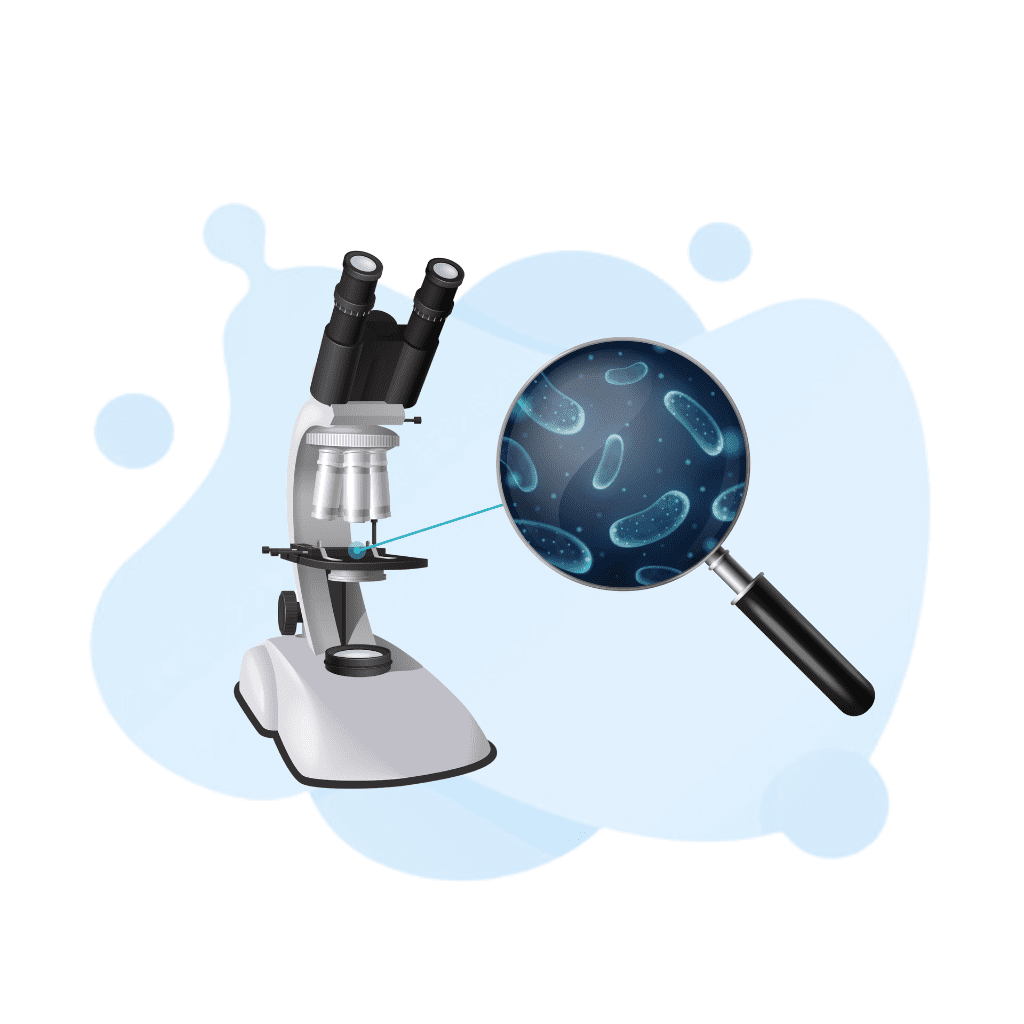Histology Certification Test: Your Guide to Cell Structure Analysis

The histology certification test is a key tool in medical diagnostics. It gives healthcare professionals deep insights into tissue composition and structure. This test looks closely at cells, revealing important details for diagnosis and treatment.
At the core of histology is the detailed analysis of tissue samples. These samples are often taken through different methods. By studying these samples under a microscope, experts can spot even the smallest abnormalities. This helps them track and understand diseases like cancer and inflammation.
Free Histology Practice Test Online
In pathology, knowing how cells work is essential. The histology certification test is a critical tool for this. It not only shows what tissues are made of but also helps find the causes of diseases. This information helps doctors make better decisions and create more effective treatment plans.
Key Takeaways
- Histology tests offer in-depth analysis of cellular structure and composition
- These tests play a crucial role in pathological diagnosis and disease monitoring
- Tissue sampling and microscopic examination are essential components of histology
- Understanding cell function is crucial for informed decision-making in healthcare
- Histology tests facilitate personalized treatment approaches based on accurate diagnoses
Understanding the Fundamentals of Histology Cerification Test Procedures
Histology Certification is key in pathology diagnostics. It involves biopsy evaluation and tissue sampling. Knowing these basics is vital for doctors. We’ll look at tissue sampling methods, lab tools, and how to prepare specimens.

Types of Tissue Sampling Methods
Tissue sampling starts the histology process. There are a few main ways to do it:
- Biopsy: A small tissue sample is taken, usually with a needle or surgery.
- Surgical resection: A bigger piece of tissue is removed during surgery for histopathology analysis.
Essential Laboratory Equipment for Histological Analysis
Doing histology cerification tests needs special lab tools, like:
- Microtome: Cuts thin tissue sections for looking under a microscope.
- Tissue processor: Automates dehydration, clearing, and waxing steps in specimen preparation.
- Embedding station: Helps put tissue samples in paraffin wax correctly.
- Staining instruments: Helps apply stains to show cell details for analysis.
Specimen Preparation and Processing Techniques
After getting the tissue sample, it goes through steps for microscopic viewing:
- Fixation: Preserves the tissue in a fixative to keep cells intact.
- Embedding: Infiltrates the tissue with paraffin wax and solidifies it for sectioning.
- Sectioning: Slices the wax-embedded tissue thinly for staining and analysis.

Knowing histology basics helps doctors do accurate tissue sampling, efficient specimen preparation, and reliable histopathology results. This leads to better care for patients.
Advanced Cell Structure Analysis and Staining Methods
Histological analysis has grown beyond old methods. Now, it uses advanced techniques to explore cell details. Histochemistry and immunohistochemistry are key tools for studying cells closely.
Histochemistry helps find and study biomolecules in cells. This includes enzymes, carbohydrates, and lipids. It shows how cells work and what they do.
Immunohistochemistry uses antibodies to find specific proteins in cells. It helps understand how these proteins work in health and sickness. It’s a big help in diagnosing diseases like cancer.
Frozen sections are also important for quick diagnosis. They let doctors look at tissues right away. This is very useful during surgeries, helping make decisions fast.